MRA’s Updates from Annapolis
Roadmap to Recovery Update
Governor Hogan announced that due to the continuing downward trend of coronavirus-related statistics across most of the state, Maryland will be able to complete Phase One of reopening and move forward into Phase Two next week. You can read more details here.
He also announced that beginning Friday, May 29, restaurants and bars in the state may reopen for outdoor dining services. Youth sports and day camps may also resume activities, if social distancing may be maintained. You can read the Executive Order here.
As a reminder, though social distancing is encouraged, essential retail businesses are allowed to operate at full customer capacity.
You may wish to refer to this helpful reopening guide as you prepare your business for Phase Two.
Licensing in Maryland
As a reminder, as established by the Executive Order announced by Governor Hogan on March 12, 2020, all licenses in Maryland that were due to expire or would otherwise have required renewal during the current State of Emergency have been extended until 30 days after the end of the State of Emergency. This applies to all licenses, including drivers licenses, CPR certifications, and pharmaceutical licenses.
Paycheck Protection Program Loan Forgiveness
The Small Business Administration and U. S. Department of Treasury have released the application that borrowers must complete in order to have their Paycheck Protection Program loan forgiven. The form includes detailed information about the costs that are eligible for forgiveness and instructions for calculating those costs.
SBA announced several measures intended to reduce compliance burden and simplify the forgiveness process for borrowers, including a safe harbor from loan forgiveness reduction for borrowers that were able to rehire employees who had previously been let go or laid off by June 30, 2020. It also included an exemption from forgiveness reduction for borrowers who have made a good-faith, written offer to rehire workers that was declined.
Additionally, SBA provided an option for borrowers to calculate payroll costs using an “alternative payroll covered period” that aligns with their regular payroll cycles, and flexibility to include eligible payroll and non-payroll expenses paid or incurred during the eight-week period after receiving their PPP loan.SBA noted that it will soon issue regulations and additional guidance for borrowers on completing the forgiveness form, as well as guidance for lenders detailing their responsibilities.
Here is the link to the guidance on lenders’ and borrowers’ responsibilities: https://home.treasury.gov/system/files/136/PPP-IFR-SBA-Loan-Review-Procedures-and-Related-Borrower-and-Lender-Responsibilities.pdf
Here is the link to additional guidance for completing the Loan Forgiveness Application: https://home.treasury.gov/system/files/136/PPP-IFR-Loan-Forgiveness.pdf A
ccess the Loan Forgiveness Application Form here: https://home.treasury.gov/system/files/136/3245-0407-SBA-Form-3508-PPP-Forgiveness-Application.pdf
President Cailey Locklair Guest Stars on HR & Cocktails
MRA President Cailey Locklair recently guest starred on an HR podcast to discuss aspects of phased economic reopening during COVID-19, including how new social distancing and face covering requirements are proving to be a challenge for business and their employees. You can listen to the episode, What Retailers (and all businesses) Need to Know about Phased Reopening, here.
Maryland Climate Commission Workgroup
The MD Climate Commission workgroup will be making recommendations that will affect all building owners and business activities particularly those that utilize natural gas. The draft work plan for the workgroup sets out discussion questions and a timeline for recommendations for energy efficiency improvements in new construction and existing buildings. You can view the draft here.
You already know that in Maryland’s climate model, emissions from electricity generated for use in buildings are assigned to the utility sector and reduced by public utilities. Building related emissions are generated by on-site fossil fuel combustion for heating, cooking, manufacturing etc. This means that while energy efficiency is part of the conversation, the commission’s discussion of how to achieve greenhouse gas reductions in the building sector leads to a discussion of how to retire existing fuel burning equipment and limit or eliminate the future use of natural gas in residential, commercial, and industrial buildings. It also leads to a discussion about increasing on-site power generation – usually rooftop solar.
The initial workgroup meeting will be June 4th from 3-5pm with monthly meetings and interim work sessions expected until recommendations are sent up to the full commission in late Summer / Fall of 2020. The workgroup is staffed by MDE and membership is open.
